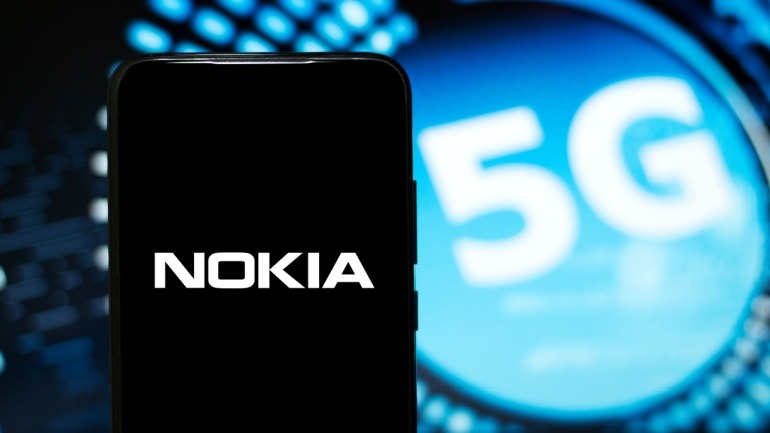Nokia is experiencing significant turbulence in its journey through the private 5G sector. Recently, the Finnish company, pivotal in the formation of the private 5G market, announced shocking future plans. It intends to exit the market, despite public assertions to the contrary.
The heart of the matter lies in the likely sale of its enterprise campus edge (ECE) division in 2026. This unit services 90% of Nokia’s private 5G customers and contracts. While Nokia reassures stakeholders of business continuity via post-sale RAN deals with ECE’s buyer, it’s evident this is more a part of a strategy pivot, moving towards large scale telco engagements.
The situation has spiraled further due to muddled messaging from Nokia during its Capital Markets Day in New York. There, it announced a strategic evolution, confusingly insisting its “position and commitment” to private 5G remain steadfast. However, outside observers immediately noted discrepancies between the company’s claims and its market actions.
An official statement read, “Nokia’s leadership position and commitment to the private 5G market remain unchanged… mission-critical enterprises, including defense, are key customer segments.” This declaration rings hollow as details of an impending ECE sale emerge, undermining its professed focus on mission-critical enterprises.
Primary assets in the offering include its Digital Automation Cloud (DAC) core network solution – cornerstone technology for the company’s private 5G ventures over the past few years. Moreover, this portfolio supports the ‘campus edge’ deployments crucial to most market perceptions of private 5G networks.
As Nokia prepares to divest this division, the implications for its active customers are significant. Mission-critical deployments in sectors like maritime, industrial, and defense, comprising a substantial portion of its business, could see disruptions. This strategic shift exploits Nokia’s enduring heritage and solid industry footing but suggests a retracement towards traditional telco roots.
Industry reactions have been mixed. Nokia continues promoting private 5G through established mobile carriers, but it’s clear that strategic reallocations favor larger telco-style engagements. Criticism has been heaped on Nokia for deciding to exit smaller, yet innovative, ventures – even as these draw from and align with its storied past.
In conclusion, while Nokia maintains a technical presence in the private 5G market, its commitment appears diminished. The company is steering towards hefty, less-innovative projects aligning with its large-telco framework. This decision underscores a significant recalibration from privately managed enterprise solutions to wider carrier-based infrastructures.







